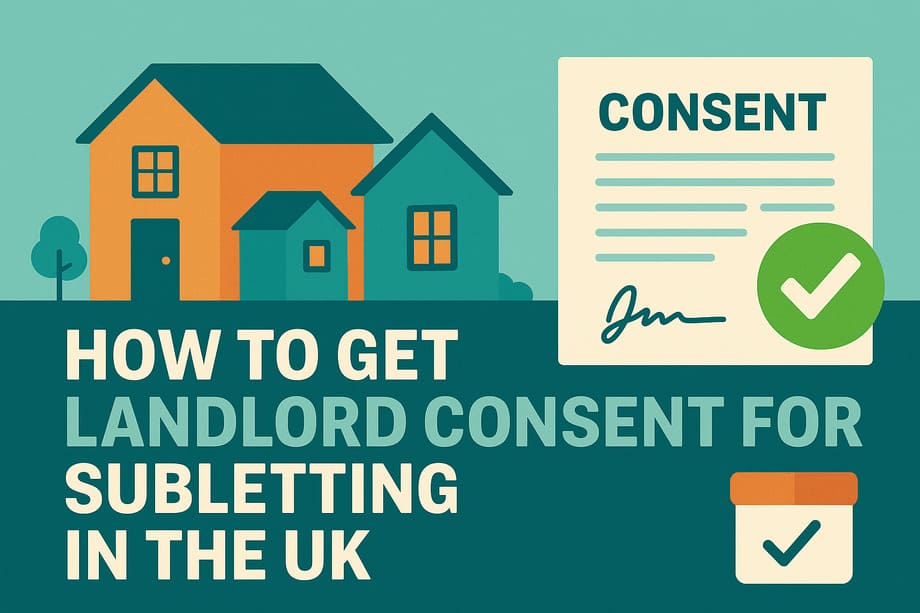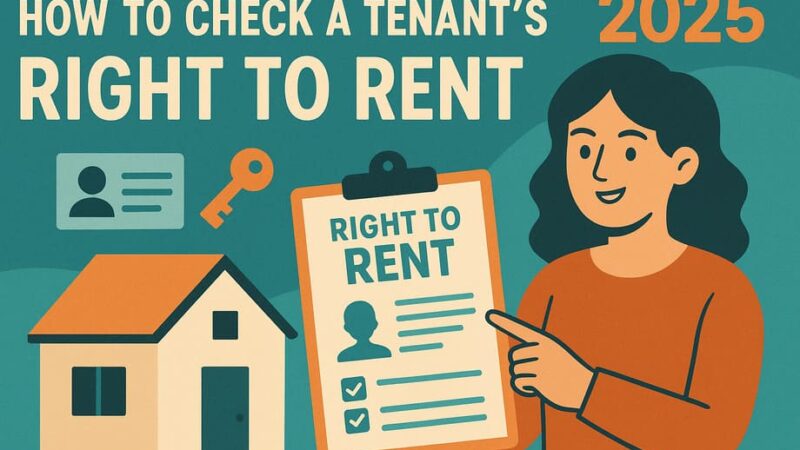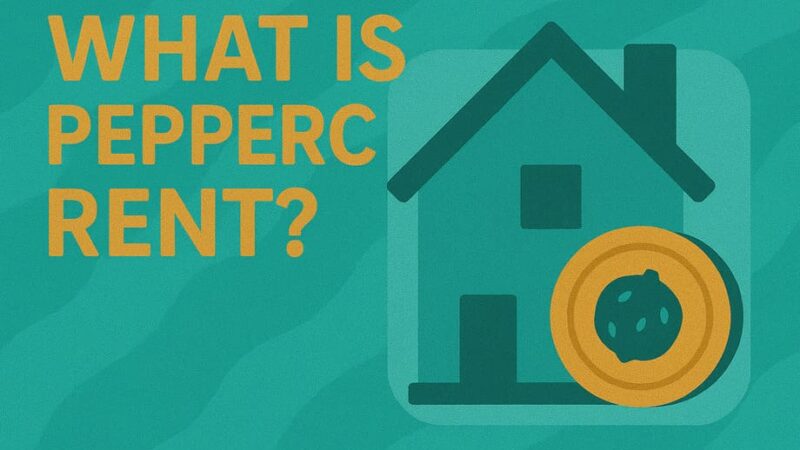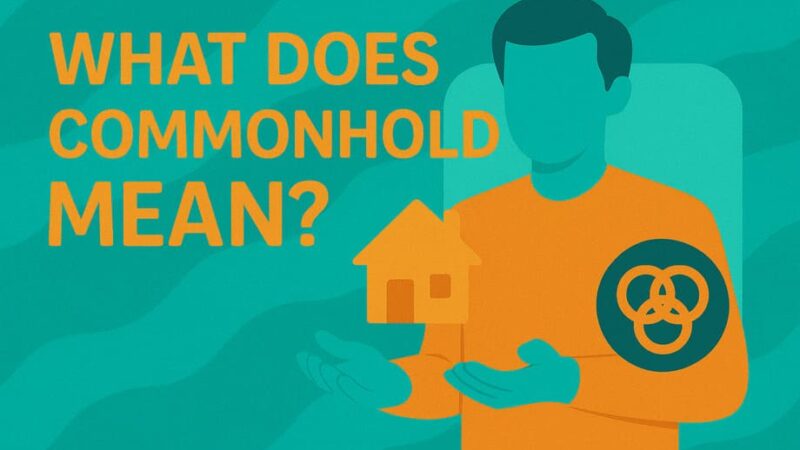How to Get Landlord Consent for Subletting in the UK

Subletting can be a smart way for tenants to manage rent costs or temporarily share their property, but in the UK, it usually requires landlord consent. Without permission, tenants risk breaching their tenancy agreement and even facing eviction. This guide explains how to request landlord consent for subletting, what to include in your request, and how to avoid common pitfalls.
Do You Always Need Landlord Consent to Sublet?
In most tenancy agreements, subletting is either restricted or prohibited unless the landlord gives written consent. Even if your agreement doesn’t explicitly forbid it, getting written approval is strongly recommended for legal protection.
- Assured Shorthold Tenancies (ASTs): Usually require landlord consent.
- Council or Housing Association Properties: Subletting may be restricted or only allowed with housing provider approval.
- Fixed-Term Tenancies: More likely to prohibit subletting without consent.
Steps to Get Landlord Consent for Subletting
1. Review Your Tenancy Agreement
Before approaching your landlord, carefully check your tenancy agreement. Look for clauses mentioning subletting, lodgers, or assignments. This will help you understand what permissions are required.
2. Prepare Your Case
Landlords worry about subletting because of potential risks: unpaid rent, property damage, or difficult subtenants. Prepare a clear plan to show you’ve considered these risks:
- Why you want to sublet (e.g., temporary relocation, financial reasons).
- How you’ll ensure rent is always paid.
- How you’ll screen potential subtenants (references, employment checks).
3. Write a Formal Request Letter
Send a polite, professional letter or email to your landlord. Include:
- Your full name and property address.
- Reason for wanting to sublet.
- Proposed start and end dates of the sublet.
- Information about the subtenant (name, employment, references).
- Agreement to remain responsible for rent and property condition.
4. Offer to Use a Written Sublet Agreement
Suggest using a sublet agreement template so all parties know their rights and obligations. This reassures landlords that the arrangement will be formalised and legally binding.
5. Wait for Written Consent
Do not proceed until you receive written approval. Verbal permission is not enough if disputes arise later. Keep a copy of the consent letter with your tenancy paperwork.
Tips for Increasing Your Chances of Approval
- Show your landlord you will remain accountable for rent and damages.
- Suggest a fixed-term sublet rather than an open-ended one.
- Offer to meet the subtenant with the landlord before approval.
- Reassure them you’ll comply with all terms of the tenancy agreement.
Risks of Subletting Without Permission
If you sublet without landlord consent, you may face:
- Eviction for breach of tenancy agreement.
- Loss of deposit due to unauthorised subletting.
- Legal action if damages or arrears occur.
- Difficulty renting in the future if references are affected.
FAQs
Do landlords have to allow subletting?
No. Landlords are not legally obliged to allow subletting unless your tenancy agreement explicitly gives you that right.
Can a landlord refuse consent without reason?
Yes, unless your tenancy states they must act reasonably when considering requests.
Is email consent enough?
Yes, as long as it’s clearly written and can be stored as proof. Always keep a copy.
What happens if the landlord says no?
You cannot sublet legally. Consider alternatives like taking in a lodger (if allowed) or negotiating rent adjustments.
Conclusion
Getting landlord consent for subletting is essential to avoid legal problems. By reviewing your tenancy agreement, making a strong case, and requesting permission in writing, you increase your chances of approval. Always use a formal sublet agreement and keep records of all communications for your protection.
Last Updated on September 9, 2025 by James Cartwright







